A landlocked country in the southern region of Africa, Zimbabwe is renowned for its diverse wildlife and landscapes. With majestic natural sights such as Victoria Falls and the Zambezi River, Zimbabwe has much to offer those looking to experience the beauty of nature.
Surrounded by neighbours South Africa, Botswana, Mozambique, and Zambia, Zimbabwe doesn't offer ocean views but can provide watersport-lovers with river rafting and diving experiences.
Must-know facts about Zimbabwe:
Currency: United States dollar, South African rand, euro
Official languages: Shona, English, Ndebele, Southern Sotho, Tswana, Xhosa, Venda, Chewa, Tsonga, Tonga
Capital: Harare
Population: 16.53 million
The capital city of Zimbabwe is Harare, home to over 1.4 million people. There, you'll find large skyscrapers, hotels, and office blocks, making it a fully metropolitan city, but the real beauty is that you are never far from nature, as Harare has several parks and reserves.
It's a city bustling with creativity, vibrant with energy, and filled with an array of cultures from all over the world – a Portuguese restaurant next to a traditional cornmeal café is a common sight. Due to British colonialism and trade, and later, the country's independence, thousands of people from all over the world have flocked to the capital to start a better life for themselves. It is a diverse city with something for everyone.
Busy days are the norm, with buzzing markets and throngs of people briskly going about their business.
If you want a more relaxing time, Harare also boasts a few historical points of interest and landmarks for quiet exploration, such as the iconic Balancing Rocks located in the southeast of the city.
Tip: Harare is a city with several cultures and languages. English is among the national languages but it can help to learn the basics of a local language such as Shona or Ndebele. This will get you further when you're asking for help with directions or where to find local eateries.
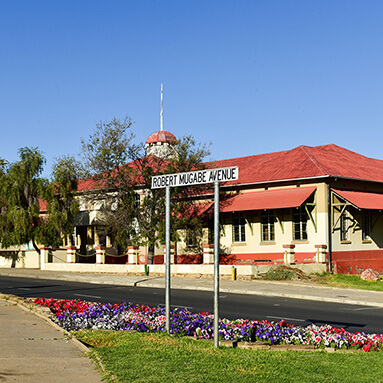
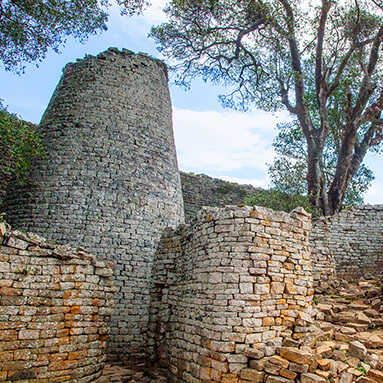
During the 9th century, Proto-Shona-speaking societies emerged in nearby regions before relocating to the Zimbabwe Highlands. Trading with Indian and Arabian merchants, the Kingdom of Mapungubwe was formed in the 11th century, paving the way for the eventual Shona civilisations that ruled the area during the 13th and 15th centuries.
In South Africa, the rise of King Shaka and the Boers saw the Ndebele tribes driven out and settle in present-day Zimbabwe, which was then referred to as Matabeleland.
Following trade and mining rights agreements with the British South Africa Company (BSAC) in the 1880s, the region was colonised and adopted the name Rhodesia.
The name remained until political parties such as the Zimbabwe African National Union (ZANU) spearheaded by Robert Mugabe were formed and brought independence from colonialism.
In 2000, Zimbabwe introduced their land reform programme, which brought international attention to the country, leading to international trade sanctions and the country's eventual economic decline.
The first must-see for many tourists is Victoria Falls, a great scenic view where majestic waterfalls cascade into lakes and rivers, displaying the awesome strength of nature. Several tours are available at the Victoria Falls National Park, as well as pathways leading to extraordinary panoramic views.
Tip: Pack a raincoat or umbrella if you visit Vic Falls. The spray from the waterfalls is immense and will leave you soaked.
If you feel like exploring the scenic landscapes and wildlife Zimbabwe has to offer, you must visit the Hwange National Park. Located in the western region of Zimbabwe, Hwange is the largest national park in the country and is home to thousands of animals – over 40,000 elephants and 400 different types of animals.
Tip: The best time to visit the national parks in Zimbabwe is between July and October when the animals are regularly spotted around watering holes.
Experience one of the world's finest granite sceneries in the world at the Matobo National Park. It's a UNESCO World Heritage Site with unbelievable beauty.
Another UNESCO World Heritage Site is the Mana Pools National Park in the northern region of Zimbabwe. This 2200 sq. km national park almost guarantees sightings of rhinos, lions, elephants, and hippos.
A visit to the National Gallery of Zimbabwe in Harare is perfect for anyone looking to learn more about the country's rich history and culture while enjoying original African art.
Just outside Harare, you'll find the National Heroes' Acre, a statue commemorating the forces who died in the Chimurenga. The statue itself has an interesting history, having been sculpted and imported from Pyongyang, North Korea.
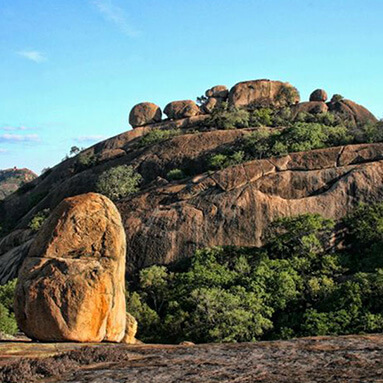
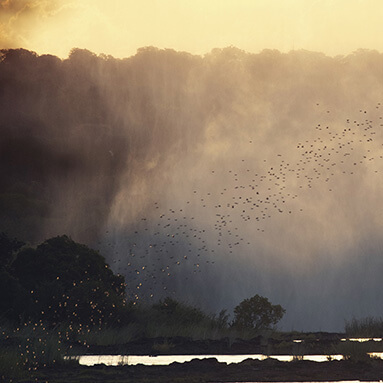
The tropical climate of Zimbabwe differs depending on the location. The hot and dry regions of the south vary greatly from the eastern highlands, which receives the highest rainfall. Heavy rainfall can be expected during October and March.
Tip: Make sure you bring lots of sunscreen and umbrellas or hats to protect yourself from the hot African sun. One can easily get sunburned, especially in the eastern highlands, where cool winds can be deceptive, making you feel cooler throughout the day.
The country is filled with quaint cafes and bistros catering to international travellers and locals alike. For those with conventional Western cuisine tastes, there are a few cafés offering burgers and steak rolls with locally farmed meat. Fine dining is also a big trend in the country, with a few restaurants catering to the more refined pallet. Also, try a Zimbabwean dry-aged steak or any of their preferred thin-crust pizzas.
If you're up for trying something out of the ordinary, many restaurants will cook up a unique dish for you. Try crocodile kebabs, peanut butter stew, or cornmeal cake.
You may also want to spark up the nightlife at one of the cocktail bars in Harare and dance the night away.
Tip: Zimbabwe has a few culinary customs that visitors should learn. At most meals, a bottle of water will be placed on the table for diners to wash their hands. Some consider it an insult if you eat with the left hand, so if you're left-handed, try to eat with your right hand.
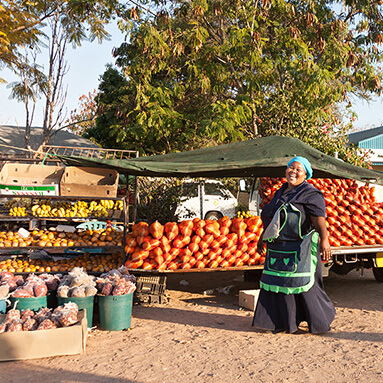
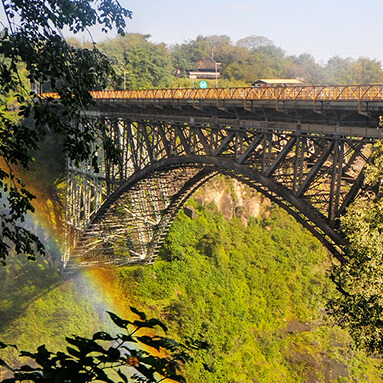
The majority of crimes reported in Zimbabwe are non-violent. In the capital city, theft is relatively common.
The most frequent forms of crime include smash-and-grab and pickpocketing, many of which occur in busy places such as markets and the airport. It's recommended to take out travel insurance before heading to Zimbabwe.
Tip: Civil unrest has been common in recent years, so consider this when arranging your trip. Make sure you follow the local news and see what the country's political climate is like before making travel arrangements.
Depending on where you're travelling from, Zimbabwe has several border entries. If you're driving through the border from South Africa, you will require a ZA sticker. These are available to buy at several automotive authorities and AA Accredited Sales Agent stores. You will also require two reflective, small white rectangular strips placed on the right-hand side of the front bumper, as well as two small red square strips on the right and left-hand side of the rear bumper.
Also, ensure you have a Police Clearance Certificate on hand when crossing the border.
The Zimbabwe-South Africa border crossing requires the following payments:
It is the hub for local airlines Air Zimbabwe and Fastjet Zimbabwe.
Tip: Due to recurring civil unrest, certain flights might be cancelled at the last minute. When booking your flight, ensure you book a flexible flight option when possible. It does cost extra but will save you money if the flight is cancelled.
Zimbabwe is landlocked, so travelling there by boat is impossible but there are lakes and rivers offering cruises for events and special occasions.
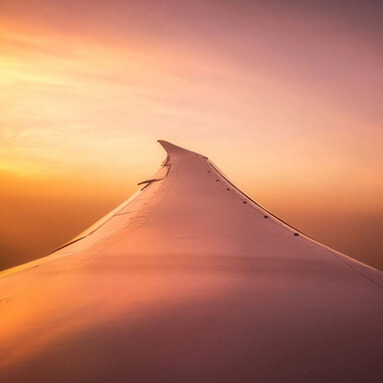
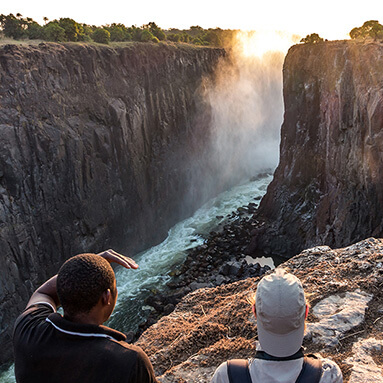
Thanks to the Victoria Falls causing strong river currents, Zimbabwe is a hub for water sports. River rafting is a big deal in the country with several travel packages offering aquatic thrills.
If you prefer land over water, join one of the many 4x4 safari tours and experience wildlife up close.
South Africans don't require a visa when travelling to Zimbabwe, but driving there requires a lot of paperwork. Make sure you read up on what you need for your car and trailer. Passports are essential and must be valid for at least six months.
Some areas of the country have a high risk of malaria. Be prepared by visiting your local doctor beforehand and follow their medical advice strictly, whether you need injections or anti-malaria pills.
Nearly 85% of the Zimbabwean population is Christian. Hospitable as they are, it is nevertheless important for travellers to abide by the local cultural and religious norms and rules. Research and read up on the Zimbabwean traditions, religions, and culture to avoid inadvertent actions that may seem disrespectful.
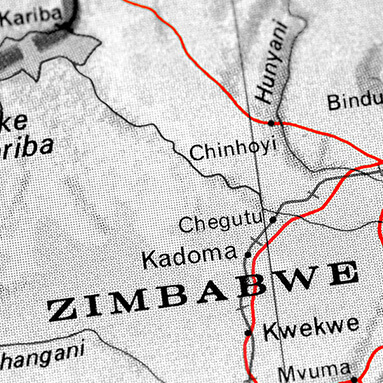
Prices quoted are correct at the time of publishing this article. The information in this article is provided for informational purposes only and should not be construed as financial, legal or medical advice.
Sources: Wikipedia, Lonely Planet, Trip Advisor